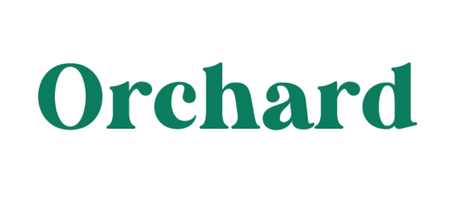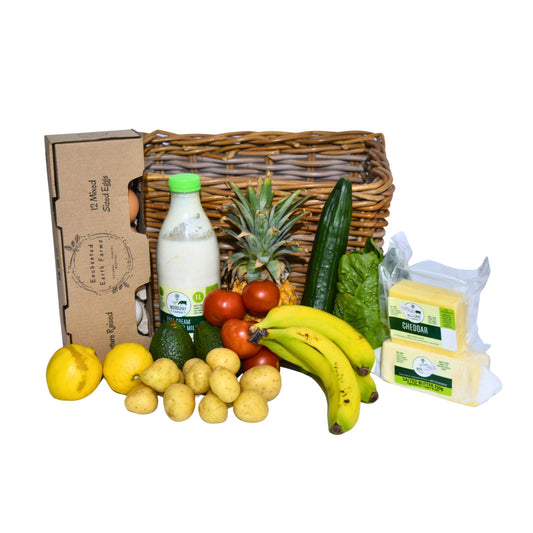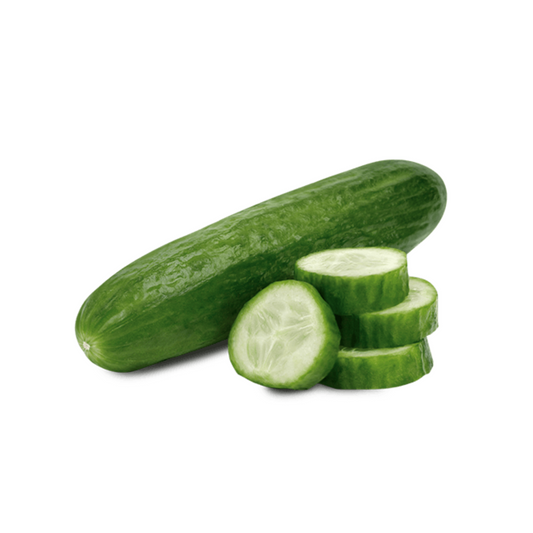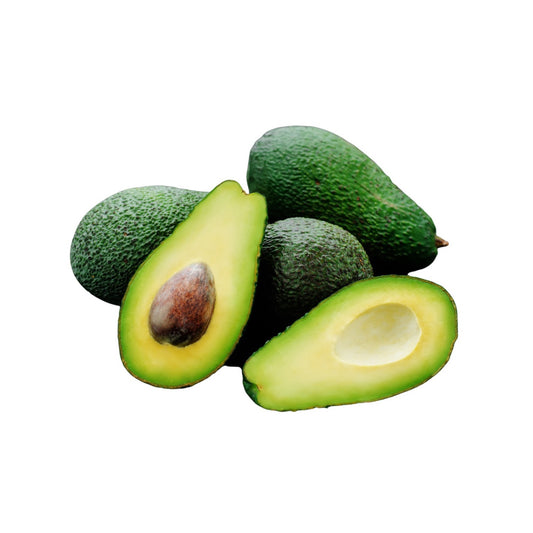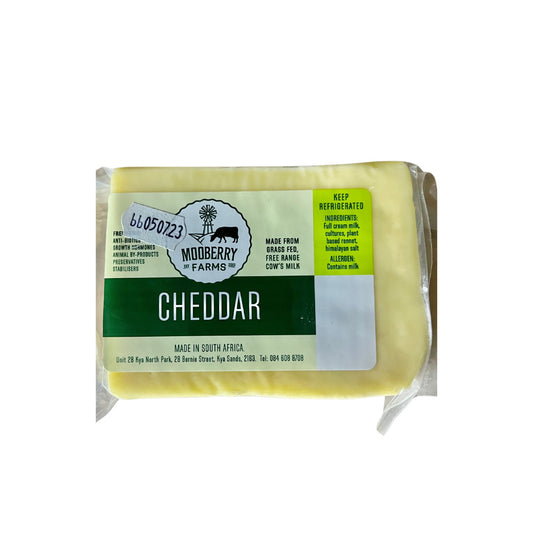Article Summary:
-
Raw honey can last indefinitely when stored properly in a cool, dark place, with tight-sealed containers to prevent moisture exposure.
-
Indicators of spoilage in raw honey include fermentation (sour smell and taste), unusual changes in color or texture, off-putting odors, and mold growth.
-
Regular consumption of raw honey offers numerous health benefits, including antioxidant properties, digestive support, natural energy boosts, and immune system enhancement.
Raw honey is a natural sweetener cherished for its unique flavor, health benefits, and versatility in culinary applications. Unlike processed honey, raw honey is unheated and unfiltered, retaining its natural enzymes, antioxidants, and nutrients. One common question among honey enthusiasts and consumers alike is: how long does raw honey last? Understanding the shelf life of this remarkable substance is essential for ensuring its quality and safety. In this article, we will explore the factors that influence the longevity of raw honey, signs of spoilage to watch for, and best practices for storage to keep your honey fresh for as long as possible. Whether you're a frequent user or a casual consumer, knowing how to properly care for your organic honey can enhance your experience and enjoyment of this delightful natural product.
Understanding the shelf life of raw honey
Understanding the shelf life of raw honey is essential for anyone looking to enjoy its unique flavors and health benefits. One of the remarkable characteristics of honey is its longevity; raw honey can last indefinitely when stored properly. This is largely due to its low moisture content and acidic pH, which create an inhospitable environment for bacteria and microorganisms. In fact, archaeological findings have revealed pots of honey in ancient Egyptian tombs that are over 3,000 years old and still perfectly edible.

Shop 200g Organic Lettuce Mix at Orchard Food
While raw honey does not spoil in the traditional sense, it can undergo changes in texture and flavor over time. Crystallization is a common occurrence, where the sugars in honey begin to form solid crystals. This process does not indicate spoilage; rather, it is a natural phenomenon that can happen with any type of honey. If your raw honey crystallizes, it can be gently warmed in a warm water bath to return it to a liquid state without compromising its quality.
The shelf life of raw honey can also be influenced by factors such as the floral source, processing methods, and storage conditions. Honey derived from certain flowers may have varying levels of moisture and acidity, which can affect its longevity. Additionally, exposure to heat, light, and air can degrade honey's quality over time. Therefore, storing raw honey in a cool, dark place in a tightly sealed container is essential for maximizing its shelf life.
In summary, raw honey has an impressive shelf life that can last indefinitely when properly stored. While it may undergo changes such as crystallization, these do not signify spoilage. By understanding these aspects of raw honey's shelf life, you can ensure that you enjoy its full benefits and delightful taste for years to come.
Factors affecting honey longevity
Factors affecting honey longevity are essential to understand for anyone looking to maximize the shelf life and quality of their raw honey. One primary factor is the moisture content of the honey. Raw honey typically has a low moisture level, which helps inhibit the growth of bacteria and mold. However, if honey absorbs moisture from the air or is harvested with high moisture content, it can ferment and spoil more quickly. Therefore, it is crucial to store honey in a tightly sealed container to prevent moisture exposure.
The floral source of the honey also plays a significant role in its longevity. Different types of flowers produce honey with varying chemical compositions, which can affect its stability. For instance, honey derived from clover or wildflowers might have different properties compared to that from buckwheat or manuka. Some floral sources may yield honey that crystallizes more quickly, while others may remain liquid for extended periods.
Storage conditions are another critical factor influencing honey's longevity. Honey should be kept in a cool, dark place away from direct sunlight and heat sources. Exposure to light and heat can degrade the quality of honey over time, causing changes in flavor and color. Ideal storage temperatures range between 50°F and 70°F (10°C to 21°C). Additionally, using glass or food-grade plastic containers can help preserve the honey's quality better than metal containers, which may react with the acidity of the honey.
The processing methods used during harvesting can also impact honey longevity. Raw honey is minimally processed and retains its natural enzymes and nutrients, contributing to its long shelf life. In contrast, commercially processed honey often undergoes heating and filtration, which can strip away beneficial components and affect its overall stability.
Lastly, the presence of additives or contaminants can influence the shelf life of honey. If raw honey is mixed with other substances or contaminated during handling, it may not last as long as pure honey. Ensuring that your honey is sourced from reputable producers who follow good practices can help maintain its longevity.
In summary, factors such as moisture content, floral source, storage conditions, processing methods, and potential contaminants all play significant roles in determining the longevity of raw honey. By being mindful of these factors, you can ensure that your honey remains fresh and enjoyable for an extended period.
Signs of spoilage in raw honey
Signs of spoilage in raw honey are important to recognize to ensure that you are consuming a safe and high-quality product. While raw honey has an impressive shelf life and does not spoil in the traditional sense, certain changes can indicate that it may no longer be suitable for consumption. One of the most common signs of spoilage is fermentation, which occurs when honey has a high moisture content or has been exposed to air. Fermented honey may develop a sour smell and taste, and you might notice bubbles or foam on the surface. If you encounter these signs, it is best to discard the honey.
Another indicator of spoilage is significant changes in color or texture. While crystallization is a natural process that can occur over time, if the honey appears excessively dark or has an unusual consistency, it may be a sign that it has deteriorated. Raw honey should generally have a smooth texture; if it becomes gritty or grainy without crystallization, this could indicate contamination or spoilage.
Additionally, any off-putting odors can signal that the honey has gone bad. Fresh raw honey typically has a pleasant, floral aroma. If you detect any unpleasant or rancid smells, it is advisable to err on the side of caution and avoid consuming the honey.
Lastly, if you notice any signs of mold growth on the surface of the honey or inside the container, this is a clear indication that the product should be discarded. Mold can develop if moisture has entered the container or if the honey was not properly sealed.
In summary, recognizing signs of spoilage in raw honey involves being aware of fermentation, unusual changes in color or texture, off-putting odors, and mold growth. By monitoring these factors, you can ensure that your raw honey remains safe and enjoyable for consumption.
Proper storage techniques for maximum freshness
Proper storage techniques for maximum freshness are essential for preserving the quality and longevity of raw honey. To start, it is crucial to store honey in a cool, dark place, away from direct sunlight and heat sources. Ideal storage temperatures range between 50°F and 70°F (10°C to 21°C). Excessive heat can cause honey to lose its flavor and beneficial properties, while exposure to light can degrade its quality over time.

Shop 500ml MCT Coconut Oil at Orchard Food
Using appropriate containers is also vital for maintaining honey's freshness. Glass jars are an excellent choice as they are non-reactive and do not absorb odors or flavors. If using plastic containers, ensure they are food-grade and specifically designed for storing honey. It is best to avoid metal containers, as the acidity of honey can react with metals, potentially altering its taste and safety.
Sealing the container tightly is essential to prevent moisture from entering. Honey has a low moisture content, which helps inhibit the growth of bacteria and mold; however, if it absorbs moisture from the air, it can ferment. Always ensure that the lid is securely fastened after each use to minimize exposure to air.
If you notice that your raw honey has crystallized over time, this is a natural process and not a sign of spoilage. To return crystallized honey to its liquid state, gently warm it by placing the jar in a warm water bath. Avoid using direct heat or microwaving, as high temperatures can damage the beneficial enzymes and nutrients present in raw honey.
Lastly, consider labeling your honey containers with the date of purchase or harvest. This practice helps you keep track of how long you have had the honey and allows you to monitor its freshness more effectively.
In summary, proper storage techniques for raw honey include keeping it in a cool, dark place, using suitable containers like glass jars, sealing them tightly to prevent moisture exposure, gently warming crystallized honey when needed, and labeling containers for easy tracking. By following these guidelines, you can ensure that your raw honey remains fresh and retains its delightful flavor and health benefits for an extended period.
Health benefits of consuming raw honey over time
Consuming raw honey over time offers numerous health benefits that contribute to overall well-being. One of the most notable advantages is its rich nutritional profile. Raw honey is packed with essential vitamins, minerals, and antioxidants, which help combat oxidative stress and reduce inflammation in the body. The antioxidants found in raw honey, such as flavonoids and phenolic acids, play a crucial role in protecting cells from damage caused by free radicals, potentially lowering the risk of chronic diseases.
Another significant benefit of raw honey is its natural antibacterial and antimicrobial properties. Studies have shown that raw honey can inhibit the growth of various bacteria and fungi, making it an effective natural remedy for wounds and infections. The presence of hydrogen peroxide, along with other compounds in raw honey, contributes to its ability to promote healing and prevent infection when applied topically.
In addition to its external benefits, consuming raw honey can also support digestive health. It contains prebiotics that nourish beneficial gut bacteria, promoting a healthy microbiome. This can lead to improved digestion and enhanced nutrient absorption over time. Additionally, raw honey has been used as a natural remedy for soothing digestive issues such as indigestion or upset stomach.
Raw honey may also provide a natural energy boost due to its high carbohydrate content, primarily in the form of fructose and glucose. This makes it an excellent source of quick energy for athletes or anyone needing a pick-me-up throughout the day. Unlike processed sugars, which can lead to energy crashes, the natural sugars in raw honey are absorbed more slowly by the body.
Furthermore, regular consumption of raw honey may help strengthen the immune system. Its antioxidant properties and ability to fight off pathogens can enhance the body's defenses against illnesses. Some people even use raw honey as a natural remedy for seasonal allergies, as it may help desensitize the immune system to local pollen when consumed regularly.
